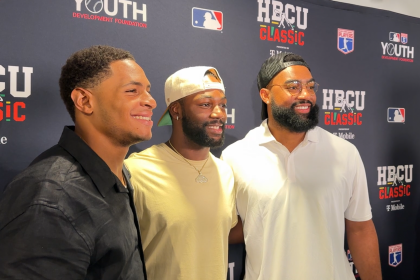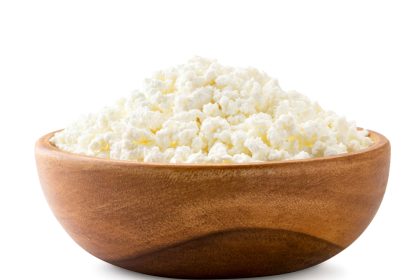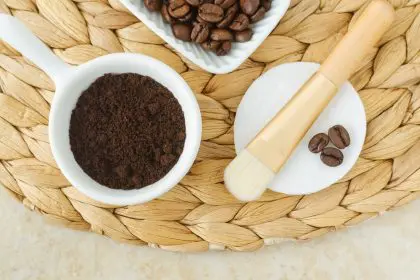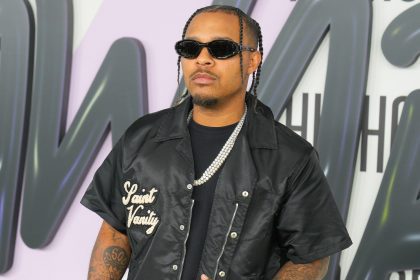 |
At age 18 Miles advanced his level of playing when he met the famed vocalist and bandleader Billy Eckstine. Eckstine helped cultivate Miles’ talent and allowed him to sit in with his band, which included saxophonist Charlie Parker and trumpeter Dizzy Gillespie. Miles followed Parker to New York City, where he enrolled in the Institute of Musical Art (later renamed Juilliard).
In 1948, Miles assembled a nine-piece band that included musicians Gerry Mulligan, Lee Konitz and Max Roach. The nonet recorded 12 cuts (Birth of the Cool), and their relaxed sound influenced a burgeoning cool jazz style to counter bebop’s manic flavor. Six years later at the first Newport Jazz Festival, Miles and the band performed “Walkin’ ” and introduced the world to hard bop, a variety of bebop which is heavily affected by gospel and rhythm and blues.
The Miles Davis album Milestones brought modalism to jazz. With a sextet which included Cannonball Adderley on alto saxophone, Jimmy Cobb on drums, Paul Chambers on bass, John Coltrane on tenor saxophone, Bill Evans on piano and himself on trumpet, Miles recorded Kind of Blue. The musical key was the centerpiece from which everything else was built. Kind of Blue became a certified quadruple platinum selling album and is cited as the best-selling jazz album of all time, influencing artists in all genres.
The protean artist underwent major change in 1970 with Bitches Brew, which he recorded with a vanguard of musicians. The blend of jazz and rock was called fusion. Miles repelled traditional jazz fans, but that would happen again with the funky album On the Corner. At any rate, Miles gave the music world its crown jewel with Kind of Blue, which won’t cost a king’s ransom to enjoy. -forrest green III









